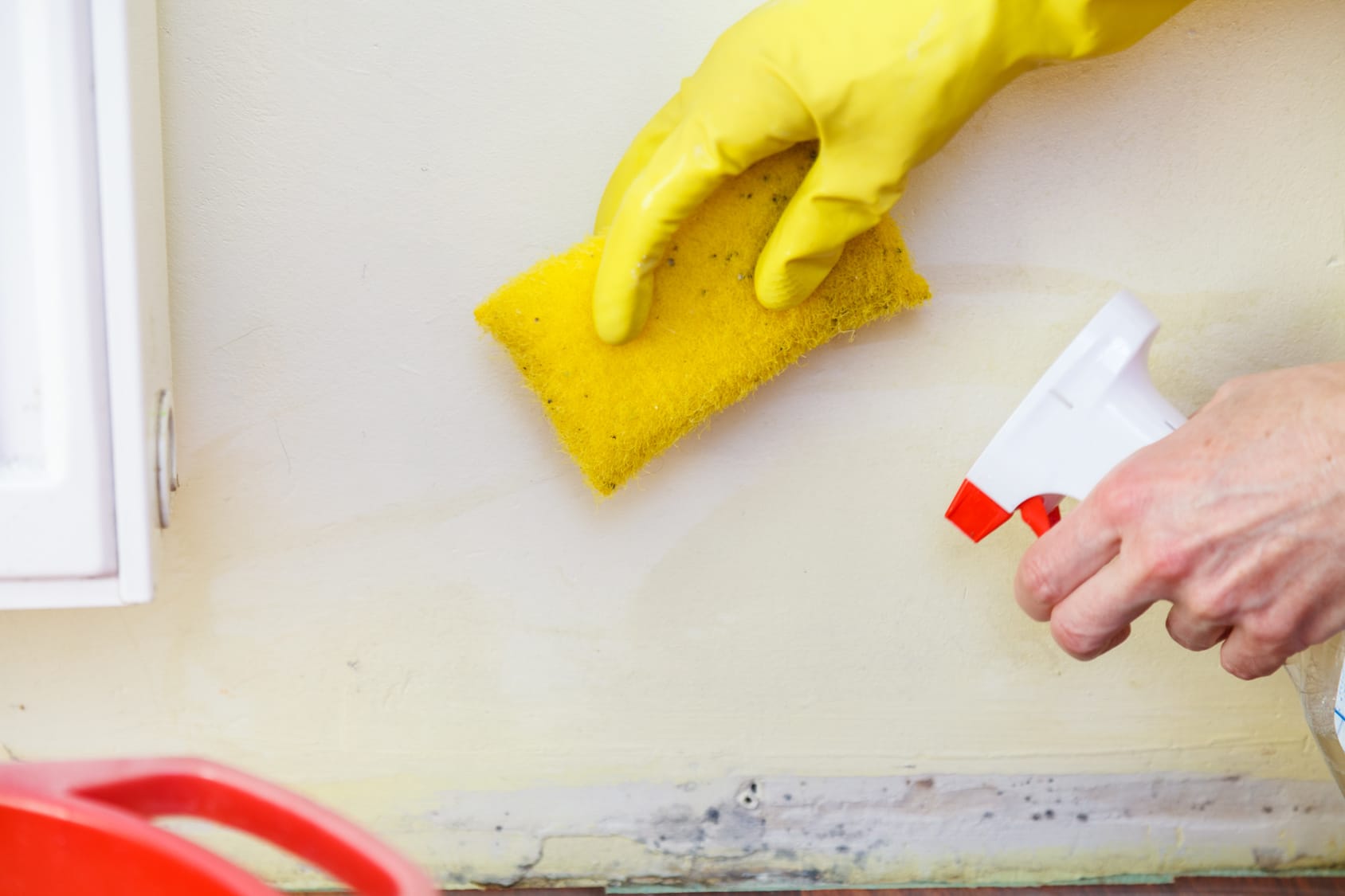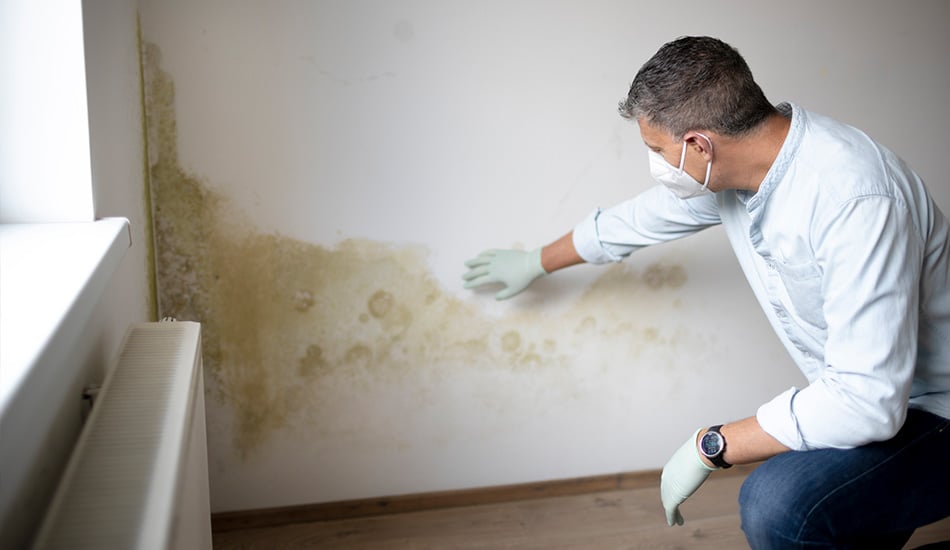Your Ultimate Guide to Article Mold Remediation Strategies
Navigating the world of post-mold removal methods is a precise process that requires focus to information and a detailed understanding of the complexities entailed. In the aftermath of mold and mildew problem, understanding exactly how to effectively get rid of the mold and mildew and stop its reoccurrence is paramount for keeping a healthy and balanced indoor environment. From picking the ideal cleaning and decontaminating methods to applying methods for long-term mold avoidance, each step in the removal journey plays a critical function in ensuring a successful end result. As we begin on this expedition of post-mold removal techniques, we will certainly uncover the vital techniques and ideal practices that can assist you recover your space to its pre-mold condition and guard it against future mold and mildew hazards.
Recognizing Post-Mold Removal Process
After finishing the mold removal procedure, it is critical to understand the post-mold remediation strategies that are essential to ensure a comprehensive and effective cleanup. Once the mold has actually been gotten rid of, the following step includes cleaning and decontaminating the influenced locations to prevent any kind of regrowth of mold and mildew. This consists of making use of specialized cleaning up agents to clean down surfaces and eliminate any type of staying mold and mildew spores. It is necessary to dry the location entirely to dissuade the development of mold and mildew in the future (Post Mold Remediation Report). Proper air flow and dehumidification can aid in this procedure.
Furthermore, conducting a last examination post-remediation is essential to make certain that all mold and mildew has been successfully eradicated. If the inspection discloses any kind of sticking around mold, additional removal might be required.
Effective Cleansing and Decontaminating Approaches

Avoiding Future Mold Development

Significance of Correct Air Flow
Proper ventilation plays an essential function in preventing dampness buildup, a vital element in mold development within indoor settings. Effective air flow systems help eliminate excess humidity from the air, minimizing the chances of mold spores locating the moisture they require to sprout and spread. Without sufficient air flow, indoor areas can come to be a breeding place for mold, leading to prospective wellness risks and structural damages.
By ensuring appropriate air blood circulation, ventilation systems can likewise aid in drying damp areas extra quickly after water damage or flooding occurrences, better deterring mold development. Post Mold Remediation. Precede like shower rooms, attics, cooking areas, and basements where moisture levels tend to be higher, setting up and preserving efficient ventilation systems is important in protecting against mold and mildew invasions

Surveillance and Upkeep Tips
Provided the critical duty that proper air flow plays browse around this site in stopping mold development, it is crucial to establish reliable monitoring and upkeep tips to make certain the continued capability of ventilation systems. Normal evaluations of air flow systems ought to be performed to look for any indications of clogs, leaks, or breakdowns that could restrain appropriate air movement. Monitoring moisture degrees within the residential or commercial property is additionally vital, as high moisture can redirected here contribute to mold and mildew development. Installing a hygrometer can assist track moisture levels and sharp property owners to any spikes that may require focus. Furthermore, making certain that air filters are on a regular basis cleansed or replaced is vital for keeping the efficiency of the ventilation system. Carrying out a timetable for regular upkeep tasks, such as duct cleaning and a/c system examinations, can aid stop concerns prior to they rise. By staying proactive and mindful to the problem of air flow systems, homeowner can efficiently alleviate the danger of mold and mildew regrowth and preserve a healthy and balanced interior atmosphere.
Final Thought
In conclusion, post-mold removal methods are important for ensuring a tidy and risk-free atmosphere. Understanding the process, implementing reliable cleaning and sanitizing techniques, avoiding future mold and mildew growth, maintaining appropriate ventilation, and normal monitoring are all crucial actions in the remediation process. By adhering to these guidelines, you can efficiently get rid of mold and mildew go to my blog and avoid its return, functioning or promoting a healthy and balanced living space for all passengers.
In the consequences of mold and mildew infestation, understanding just how to efficiently get rid of the mold and avoid its reoccurrence is paramount for preserving a healthy and balanced indoor atmosphere. As soon as the mold has been gotten rid of, the next step entails cleaning and sanitizing the impacted locations to avoid any type of regrowth of mold and mildew - After mold remediation. After removing visible mold growth, it is critical to clean all surfaces in the affected area to get rid of any kind of remaining mold spores. To even more improve mold and mildew avoidance actions, it is essential to deal with underlying problems that originally led to mold and mildew growth.Offered the critical role that proper ventilation plays in avoiding mold growth, it is necessary to develop reliable surveillance and upkeep ideas to make certain the ongoing performance of ventilation systems